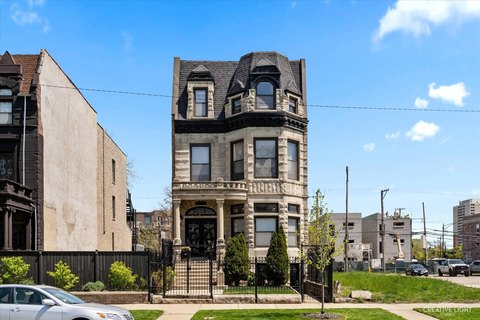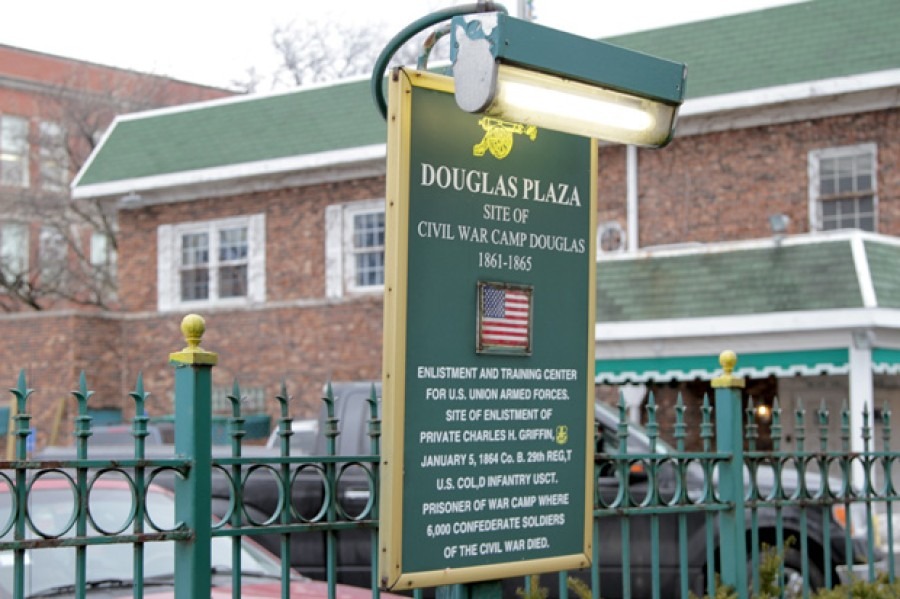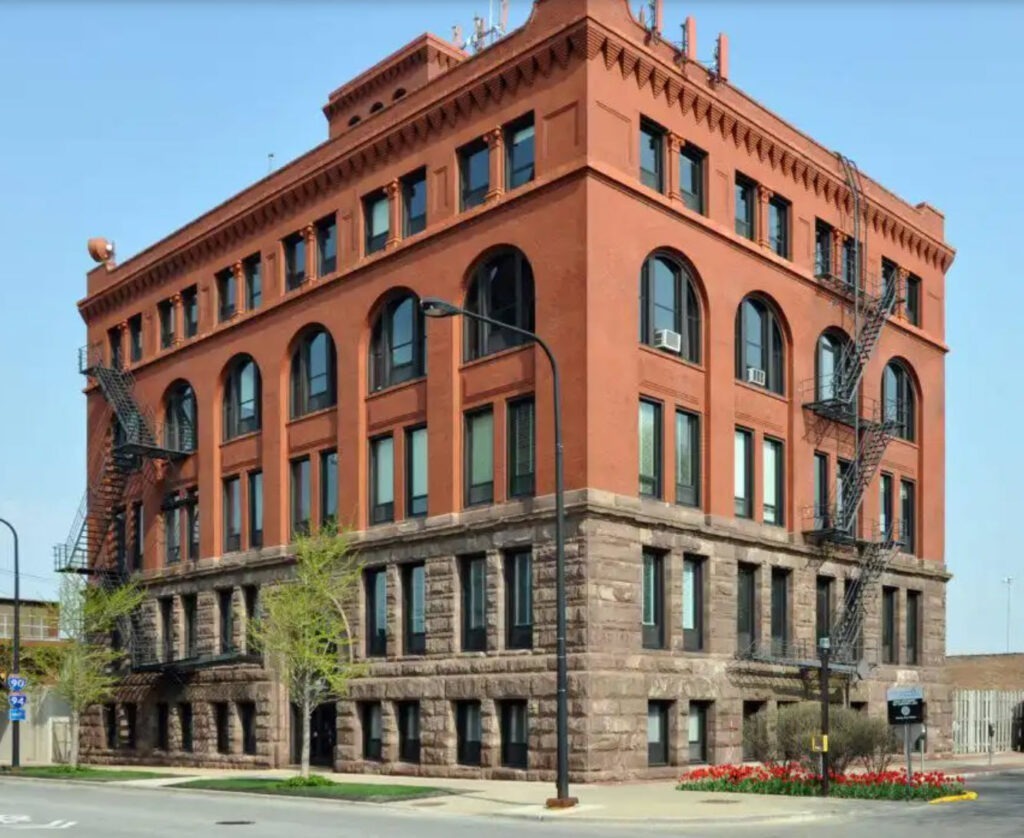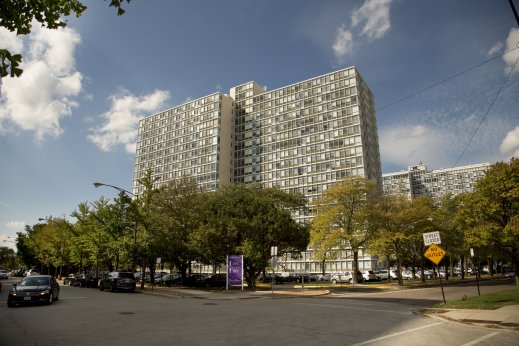Exploring Douglas: The Historic Heart of Chicago
Located on the South Side of Chicago, Douglas is known for its rich history and vibrant culture. Named after the illustrious Illinois politician, Stephen A. Douglas, this neighborhood has played a significant role in shaping the city’s socio-political landscape.
A Brief Overview

The Douglas community, spread from 26th Street to Pershing Road along the Lake Shore, houses a diverse mix of architectural styles, public spaces, and local businesses. It is home to the historic center of black culture known as Bronzeville, which emerged in the early 20th century during the Great Migration.
Douglas also held the potential to become an Olympic Village as proposed in the Chicago 2016 Olympic bid. The plan intended to construct the village on a vast truck parking lot, primarily located in the Douglas community area. This neighborhood is also known for its picturesque shoreline lined with Burnham Park and the beautiful 31st Street Beach.
The Neighborhoods of Douglas
Douglas is divided into several distinct neighborhoods, each with its unique charm and history.

Bronzeville: The Black Metropolis
The neighborhood of Bronzeville encapsulates the essence of Douglas, symbolizing its rich history and vibrant culture. This area, comprising Douglas, Grand Boulevard, and Oakland communities, was once known as the “Black Metropolis”. It emerged as one of the most significant concentrations of African-American businesses and culture.
As a hub of black culture, Bronzeville attracted thousands of African Americans during the Great Migration in the early 20th century. Consequently, it witnessed a dramatic population increase as people fled the South’s oppression, seeking industrial jobs in Chicago. Bronzeville was the birthplace of Black History Month, initiated by the historic Wabash YMCA.
Bronzeville is conveniently accessible via the Green and Red lines of the Chicago Transit Authority, as well as the Metra Electric District Main Line. In 2011, a new Metra station, Jones/Bronzeville Station, opened to serve the neighborhood.

Prairie Shores: The Urban Renewal Project
Prairie Shores, a five-building, 1677-unit public housing project, was originally erected in 1962 by Michael Reese Hospital. Today, it has transformed into a market rate, middle-class community. The project was part of the city’s most significant urban renewal project at its inception in 1946.
Groveland Park: The Last Bastion of Stephen Douglas
Groveland Park, the only surviving section of Douglas, is a charming neighborhood with homes built around an oval-shaped park. The area is nestled between Cottage Grove Avenue, 33rd Street, 35th Street, and the Metra Electric railroad tracks.
The Politics of Douglas
The neighborhood has consistently supported the Democratic Party in the past two presidential elections. In the 2016 presidential election, an overwhelming majority of Douglas residents voted for Hillary Clinton. The trend continued in the 2012 presidential election, with a significant number of votes cast for Barack Obama.
Transportation in Douglas
Transportation in Douglas is facilitated by the Metra Electric District, which has a stop at East 27th Street. The Green and Red lines of the Chicago Transit Authority also provide easy access to various parts of the neighborhood.
Demographics of Douglas
The demographics of the area have seen significant changes over the years. The population increased dramatically during the Great Migration in the early 20th century but has seen a steady decline since the 1960s.
Education in Douglas
Douglas houses a number of reputed public and private schools, including Beethoven Elementary School, Phillips Academy High School, Dunbar Vocational High School, and De La Salle High School. The neighborhood is also home to the illustrious Illinois Institute of Technology, known for its top-notch engineering and architecture programs.
Culture and Heritage: The Legacy of Douglas
Douglas, especially the Bronzeville neighborhood, has been a cradle of immense cultural and artistic activity. The area has given rise to many notable figures, including Andrew “Rube” Foster, founder of the Negro National Baseball League; Ida B. Wells, a civil rights activist, journalist, and co-organizer of the NAACP; and Gwendolyn Brooks, poet laureate and the first black American awarded the Pulitzer Prize.
This neighborhood is not just a community area of Chicago; it’s a living testament to the city’s rich cultural history and diversity. Despite the challenges it has faced over the years, Douglas continues to thrive, embodying the spirit of resilience and innovation that defines Chicago.


